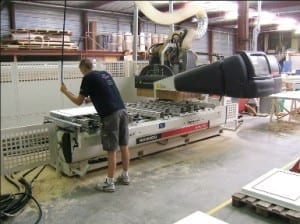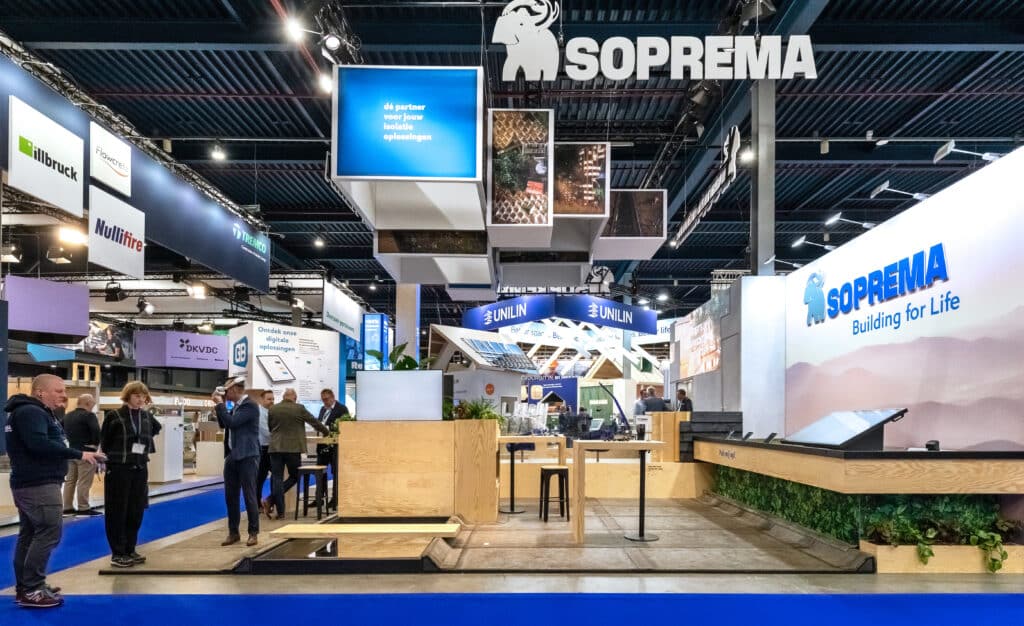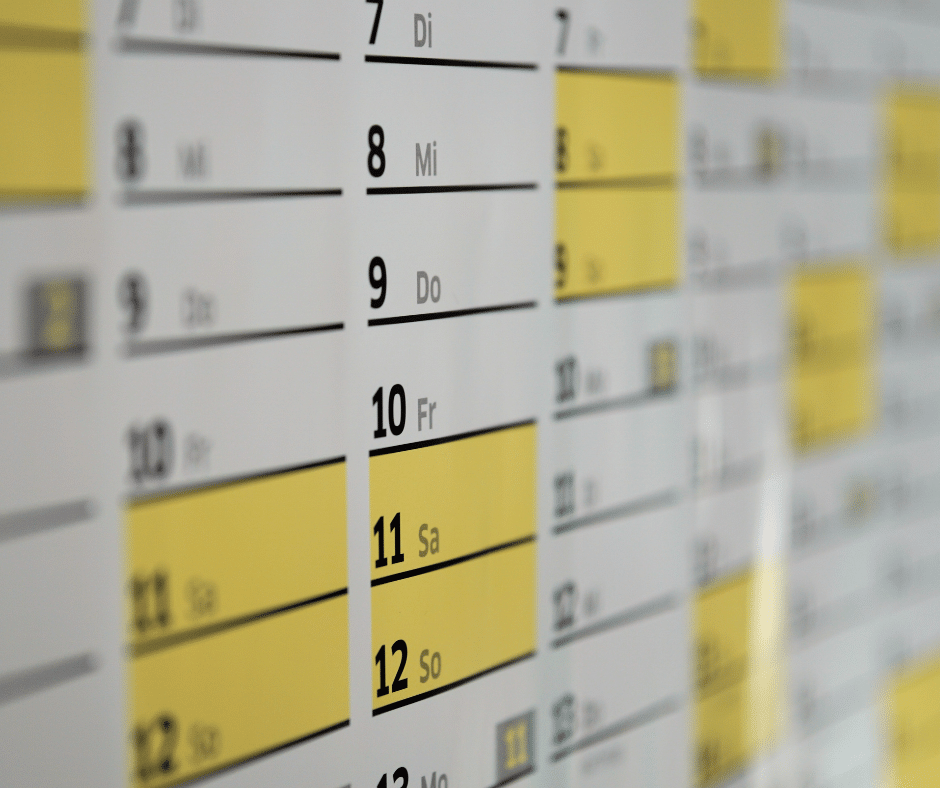Stands are produced in-house, so how does that work?
Atelier manager Joris explains all the ins-and-outs of production.
Kicking off
“First of all, I meet to consult with my work planner. I see the technical drawing of the stand design and from the calculations that have been made beforehand, we know what materials we need. Most of it we have available in stock, but sometimes we have to order extra materials from our partners.” The work planner draws up details of all the components.
Joris: “Then I make a cutting list for these. This means I have to plan the machine tooling, for example, the sawing and cutting. Next, we give the painter instructions. His work often takes the longest. At the same time, other colleagues are busy doing other work on the job in our workshop.”
Getting it ready for transport
At this point a stand consists of various parts and packages. “Once everything has been finished and partly assembled, we start packing it into crates. Of course, we check that everything’s in the right order and complete. For example, the first thing that needs to be unpacked at the exhibition site is the floor with all the cables. All parts destined for the exhibition are readied for dispatch by our Forwarding and Logistics department.” Our colleagues there make sure that transportation to the exhibition runs smoothly.
Exceeding expectations
“Once everything is on site,” Joris concludes, “the responsibility for assembly and dismantling is passed on to the stand contractor. Of course, the work planner and myself will have had close contact with the contractor during the early stages of production. It’s always interesting to see how clients respond when they first see their stand. Quite often you’ll hear them say, ‘wow, this time you really have exceeded our expectations!’ Now that’s what makes our work worthwhile!








